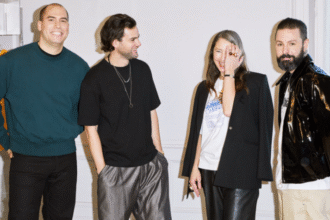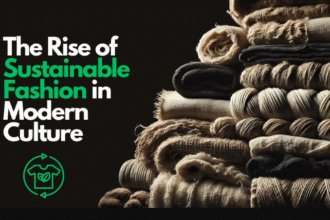In the modern professional landscape, every element of one’s appearance contributes to a personal brand, and among these, hairstyle plays a surprisingly significant and often underestimated role in non-verbal communication. It’s far more than a matter of personal preference; a well-considered hairstyle can strategically convey competence, trustworthiness, creativity, and attention to detail, subtly influencing how one is perceived by colleagues, clients, and superiors.
In a world where first impressions are paramount and professional interactions are increasingly visual, particularly in virtual settings, one’s hair can be a powerful, silent communicator, shaping perceptions before a single word is spoken. This strategic approach to hair acknowledges its capacity to reinforce a professional image, align with industry expectations, or even signal innovation within one’s field.
The impact of hairstyle in professional settings stems from its immediate visual presence and the subconscious associations it evokes. For instance, a neatly styled, conservative cut often projects an image of reliability, meticulousness, and a respect for traditional corporate environments. This can be particularly advantageous in fields such as law, finance, or medicine, where conveying trustworthiness and order is paramount.
Conversely, a more creative or fashion-forward style, perhaps with a distinctive cut or vibrant color, might be strategically employed in industries like marketing, design, or media, where innovation, personality, and an understanding of contemporary trends are valued assets. The key lies in aligning the chosen style with the specific industry culture and the desired professional persona, ensuring that one’s appearance complements, rather than detracts from, their professional message. It’s about demonstrating an understanding of context and leveraging appearance to one’s advantage.
Moreover, a polished and well-maintained hairstyle signals a broader commitment to personal care and professionalism. It suggests discipline, attention to detail, and a readiness to present one’s best self, qualities that are highly valued in any professional endeavor. Conversely, a disheveled or neglected hairstyle, regardless of the individual’s actual capabilities, can inadvertently communicate a lack of preparedness or an indifference to professional standards. Beyond static appearance, the strategic application of hairstyle extends to its adaptability for various professional scenarios.
The ability to transition a hairstyle from a formal presentation to a casual team-building event, or from an in-person meeting to a video conference, underscores versatility and an understanding of appropriate presentation. Ultimately, approaching hairstyle as a component of one’s professional branding is not about conforming to rigid rules, but about making conscious choices that enhance one’s professional narrative, strategically utilizing this visible aspect of self to build credibility, foster trust, and effectively communicate one’s professional identity.




